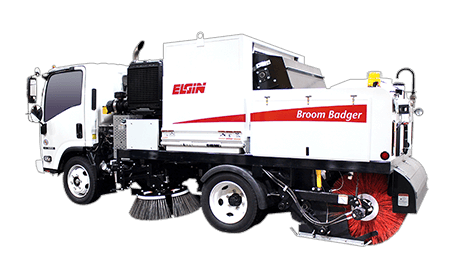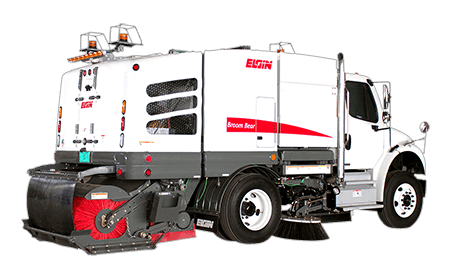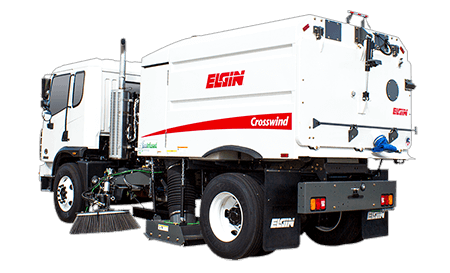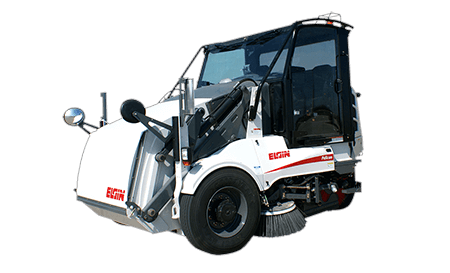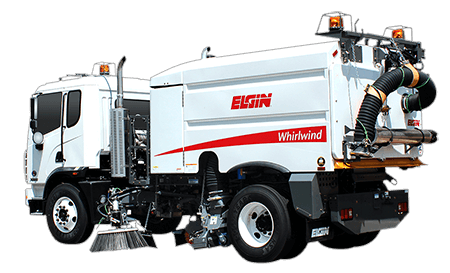
Elgin Street Sweepers
JDC rents several types of street sweepers including regenative, full vacuum, and mechanical. We specialize in the top-quality Elgin line of street sweepers that feature front, side, and rear dumping capabilities. Whether you need an 8 yard debris body or a 3.5 yard debris body JDC has sweeper for you. Contact us today for short and long term rental rates.
Parts
After Market Sweeper Brooms
- Vanguard Poly TB 5-7/8 x 32 x 56.5 Johnston 3000/4000, Global M3/MX3
- Poly Tube Broom 8 1/2 x 36 x 58 Mobil-Athey, Schwartz™ M5000, Schwarze M6
- Johnston 600 Poly TB 5 x 15 x 52.5
- Johnston 650-07 PO TB 4 3/8 x 15.5 x 51 Star Drive
- Johnston VT651 Poly TB4 3/8 x 15.5 x 51
- Tymco 600 Poly TB 2 7/8 x 12 x 79
- United Pro Strip Brush 13 x 56.5 13/Bx Johnston 3000/4000, Global M3/MX3
- United Pro Strip Brush 13 Trim x 58
- Blue Steel Snapon 12 Seg Plas Back GB Johnston 3000/4000, Global M3/MX3
- Blue Steel Wayne 4 Seg Plas Back GB Johnston 3000/4000
- Blue Steel Johnson 16 IN Wood Back GB
- Blue Steel 4 Seg Plas Back GB STD Tymco 435, Schwarze A4000
- Blue Steel 5 Set Plas Back GB Schwarze A7000, A9000, M5000
- Blue Steel 2 Seg Plas Back GBSTD Athey-Mobil, Tymco 600
- Blue Steel 4 Seg Plac Back GB 20 Schwarze 333, Johnston VT650
- Blue Steel 4 Seg Plac Back GB 20 Tymco 210
ELGIN OEM Replacement Brushes
- Broom Bear™ H, Broom Badger™ Strip Broom
- 74M Eagle, Road Wizard, Broom Bear Strip Broom
- Pelican™ Strip Broom
- Whirlwind™ MV, Megawind Combo Center Broom
- Whirlwind™ MV, Megawind Poly Center Broom
- Side Broom Segment Set – (5) 17 Wire
- Side Broom Segment Set – (4) 24 Wire
- Geovac Poly Center Broom
- Broom Bear H, Broom Badger Main Broom
- 4M Eagle, Road Wizard™, Broom Bear Main Broom
- Pelican Main Broom
- Pelican HD Main Broom
- 4 Segment Gutter Broom HD
- 5 Segment Gutter Broom HD
- 2 Segment Gutter Broom A
- AY-Dirt Shoe, Right Hand
- AY-Dirt Shoe, Left Hand
Sweeper Replacement Parts
- Broom Bear H, Broom Badger Strip Broom
- 4M Eagle, Road Wizard, Broom Bear Strip Broom
- Pelican Strip Broom
- Whirlwind MV, Megawind Combo Center Broom
- Whirlwind MV, Megawind Poly Center Broom
- Geovac Poly Center Broom
- Broom Bear H, Broom Badger Main Broom
- 4M Eagle, Road Wizard, Broom Bear Main Broom
- Pelican Main Broom
- Pelican HD Main Broom
- 4 Segment Gutter Broom HD
- 5 Segment Gutter Broom HD
- 2 Segment Gutter Broom
Frequently Asked Questions about sweeping and pollution control
What we know about sweeping for storm water quality?
- Sweeping is a storm water BMP. And the more you sweep, the more is removed
- Sweeping is a more cost effective means of removing debris than other storm water BMP’s
- Sweeping is a classic pollution prevention technique – removing pollutants before they enter storm water
- Catch basin cleaning works but it is more work and a “last chance” proposition
- There is sometimes a lack of understanding about how to use sweepers as a storm water BMP
Where do we go from here?
- We must educate the users in the proper techniques of how to remove storm water pollution with a sweeper
- We must educate the users that water pollution remediation and air pollution remediation require different techniques
- We must provide sweeping frequency guidance
- We must help users understand that street sweeping can be used effectively as a storm water BMP in any situation — the method of sweeping must be optimized for individual applications
What our challenges are going forward?
- Sweeping traditionally was/is to remove visible debris
- Public works officials are often judged by how the streets look compared to how much (or little was spent)
- Modern high efficiency sweepers cost more
- There is science and proper procedures in sweeping for storm water pollution control. It’s not complex and it’s not difficult, but it’s different than just making the street aesthetically pleasing
- There’s misinformation concerning sweepers and sweeper use and pollution in general
Are only air sweepers good for pollution control?
All correctly functioning and operated sweeping technologies, including wet dust control mechanical sweepers, remove pollution. All modern Elgin Sweepers remove at least 85% and up to 97% of the pollutants typically found on the street.
Are only filtered regenerative air sweepers effective at removing fine particulates?
No, absolutely not. All sweepers remove fine particulates, and the ability to remove fine particles from the street surface has no direct connection to whether a sweeper has a filter system on it.
Aren’t there multiple studies that report there is an inconclusive relationship between sweeping and pollution control?
While there have been some inconclusive studies, recently there are both private and government studies that demonstrate compelling evidence that sweeping reduces pollution.
POROUS PAVEMENT
How does it fight pollution?
Normally, storm water is naturally filtered through soil before it reenters the water system. Paved surfaces however, block storm water from being filtered. Storm water usually gets piped to the nearest body of water along with all the surface pollutants like oil drips, brake dust, litter and other water pollution. Porous pavement, or pervious pavement, is a special type of Portland cement concrete or asphalt concrete that is porous and allows water to pass through it. Paving bricks may also be used, but oftentimes the water and storm water passes through the permeable course sand that is between the bricks. Regardless of the top surface type, all pervious pavement types intended for storm water control are designed to allow water to pass through the top surface, then store and begin to filter the storm water in some type of collection bed under the top surface layer. The stored storm water can be absorbed directly back into the soil, virtually eliminating storm water runoff.
Maintenance Information
The key to success with porous pavement is to keep the pores open. It’s imperative to avoid sealing the pavement with nonporous sealants and to keep the pavement free of debris. Cleaning the pavement with just the nozzle from a high-powered, pure vacuum sweeper three or four times a year usually does the trick. Porous pavement varies depending on your local climate, so talk to a specialist in your area. Additional maintenance and restoration information is available via our Porous Pavement White Paper, but is only intended to be a recommendation as every application is different.
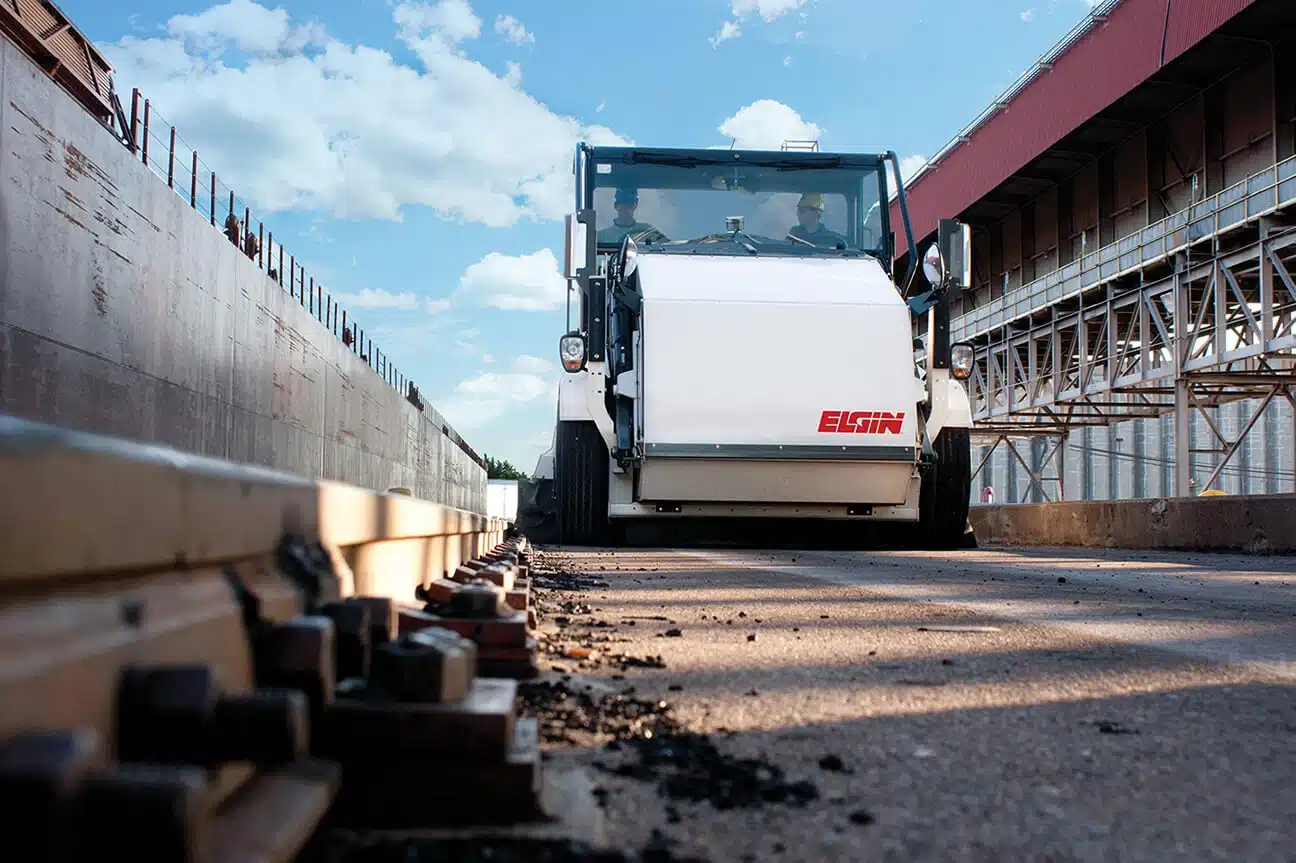
Catch basin
Catch Basin Screens
The general purpose of catch basic filtration is to keep street level contaminants from entering the storm sewer system and causing storm water pollution. Catch basin devices differ significantly in their ability to capture small particles and in their holding capacity. The most commonly used versions filter trash from storm water runoff and other water runoffs and have a capacity of a few hundred pounds. Catch basin devices act as a last chance removal BMP, best used in conjunction with street sweepers.
What is it?
A catch basin screens is essentially a large, coarse screen that can be placed at the opening of the catch basins at street level, or installed inside of the catch basin. The screens are constructed of a noncorrosive metal such as stainless steel. Catch basins with flow restrictors don’t effectively remove pollutants by themselves (EPA.gov) but can be used in conjunction with other practices.
How does it work?
During intense weather events, catch basin covers act like a large colander – they prevent larger debris from entering the sewers with storm water. To maintain catch basin inserts, a combination sewer cleaner such as a Vactor can be utilized to remove collected material from the trap.
STORMWATER SOLUTIONS
Sweeping is a storm water BMP and a common pollution prevention technique to remove pollutants before they enter the storm water system. Some local governments have storm water requirements for debris handling after it has been collected, such as designated dump areas or ground-dumping restrictions. In the case of ground-dumping restrictions, container or truck dumping can be an effective solution.
Dumping Into a Container
Dumping into a roll-off container keeps pollutants from potentially contaminating storm water. All of the pollutants are contained and transported to be disposed of in a safe location. Another benefit of dumping into containers is eliminating double-handling of debris; scooping it off of the ground and transporting it for disposal. Dumping into containers also allows the operation to dump on-site.
Dumping Into a Dump Truck
Dumping into a dump truck is another effective method that eliminates ground dumping and potential stormwater contamination. It also affords the opportunity to dump on-site, rather than transporting to a designated dump site
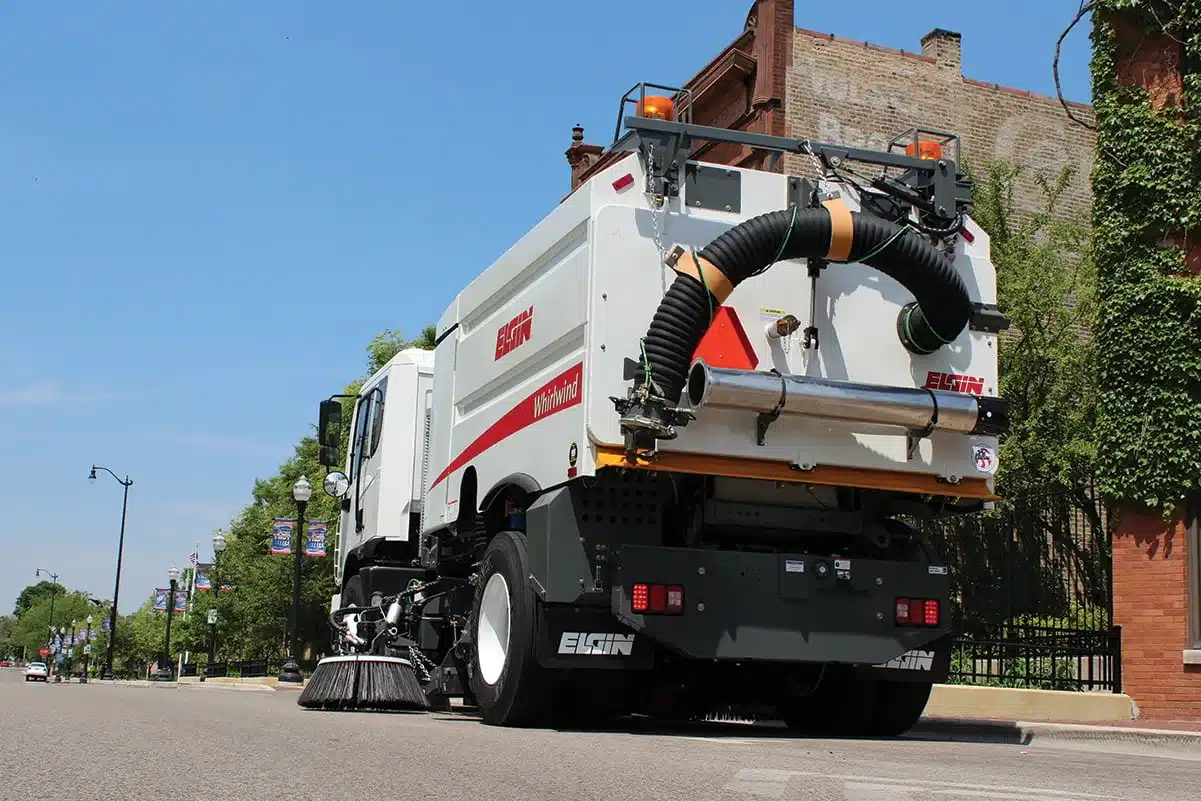
Why Buy?
In the market for a vacuum sweeper? We at JDC have got you covered, with the most innovative vacuum sweeper equipment available from Elgin. Contact us at JDC today to discuss our available inventory of vacuum sweeper equipment from elgin, with our 15 coast to coast locations.

